Our Jacquard course began by learning the mechanism of the jacquard loom. Over the course of half a week, we studied the loom and all of its parts. A Jacquard loom produces elaborate design in any weave. Each repeat is about 400 warp thread, and each can be lifted and controlled individually. This is done through a mechanism of punched cards and needles, which are connected to individual harnesses. The different kinds mechanisms in these looms are single lift single cylinder, single lift double cylinder, and, double lift double cylinder.
One of the biggest advantages of Jacquard weaving is that any pattern can be woven on the loom. From botanicals to complex geometric patterns.
For my designs for the jacquard loom, I chose to take Javanese Batik as my source of inspiration. The colour palette used in this technique by the Indonesian craftsmen are something that really stood out for me. The kind of geometric patterns are varied and have many types.

As a part of my elements, I wanted to take forward the strong outlined effect that batik produces. The stylised animals, as well as the unique style of clouds were something that caught my eye.
I made my elements on paper, painting with gouache paint. It created a strong flat effect, which I then digitally arranged to create my first trials for the main design. Using the elements I created, I wanted to arrange then in a way that depicts a story. I created a fantasy scene, with flying animals with wings against clouds, engaged in a hunt like action.


The final prints as well as their coordinates are shown below.


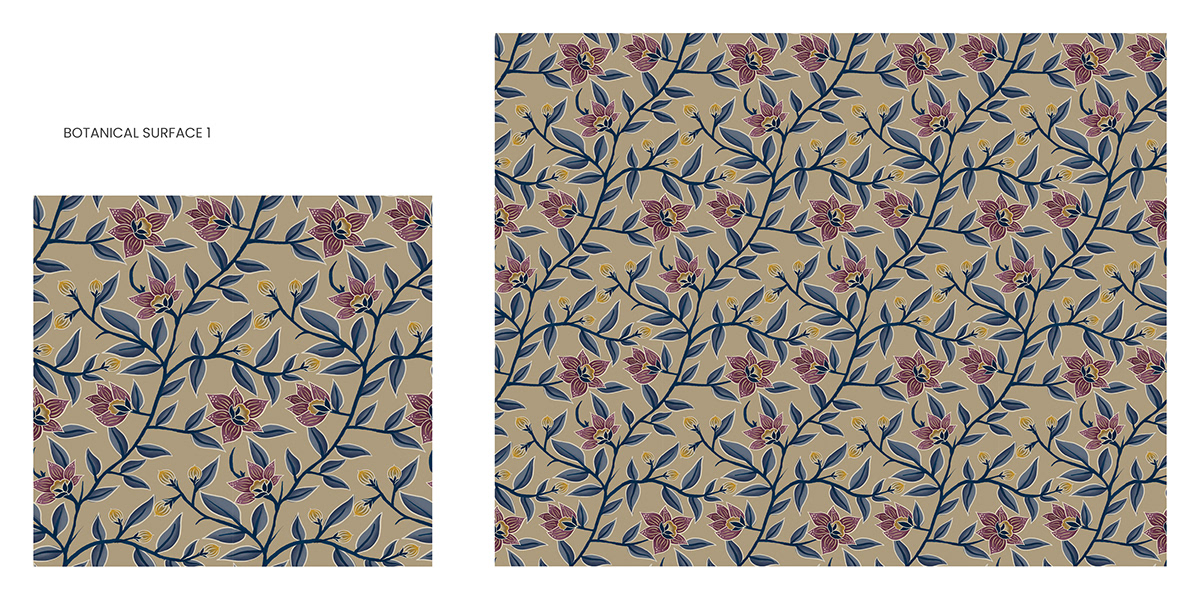



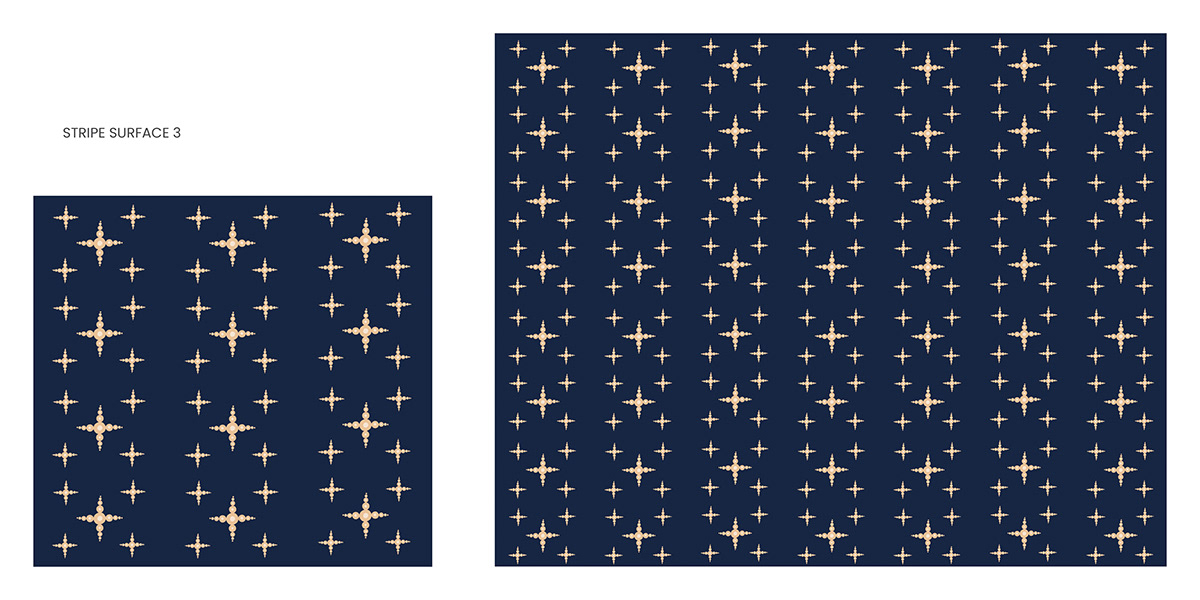




The design I wanted to take forward was the clouds one with the gradation. I wanted to show the organic hand drawn effect in my weave.
I decided to use a single warp and a single weft to make the most of the many kinds of effects I can try to produce. I want to make a medium to heavy weight fabric for upholstery. The warp would be white and the weft a dark blue, both polyester.
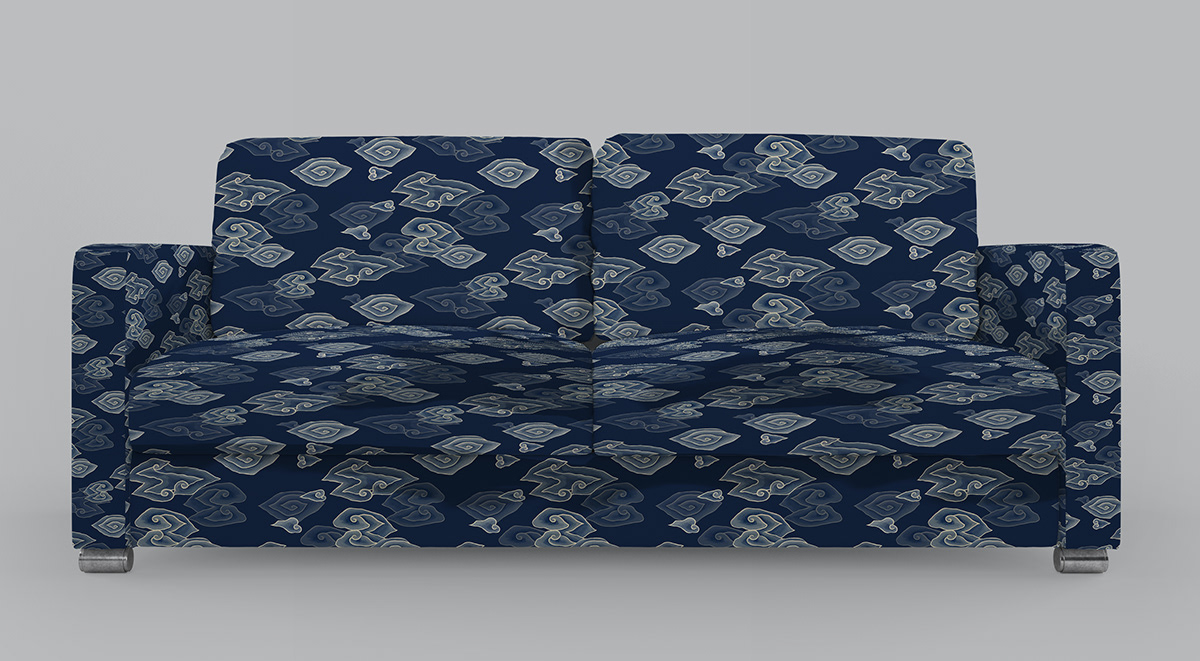
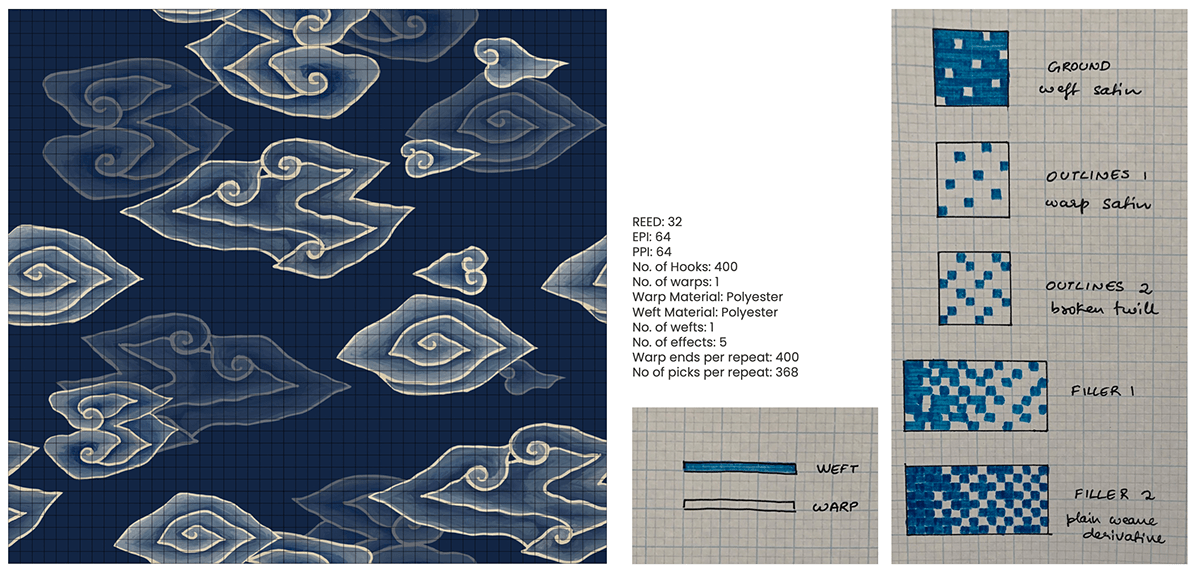
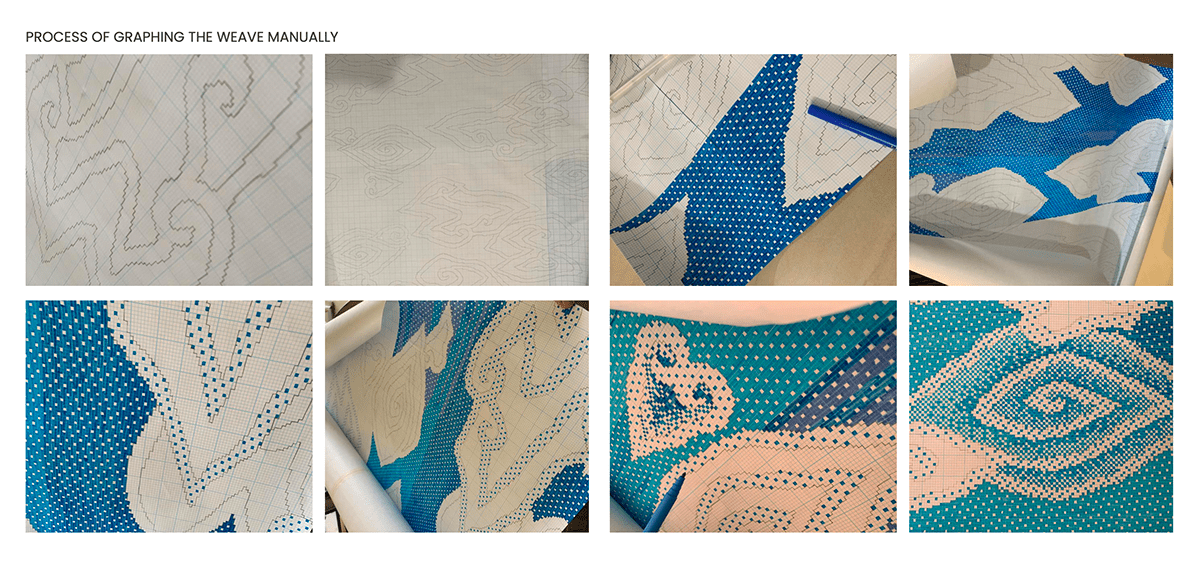

The design I wanted to take forward for my second design was the geometric one.
I decided to use a single warp with alternating colours and two wefts to weave a double cloth structure. I want to make a heavy weight fabric for upholstery. The warp would be beige and blue; and the weft would be alternating beige and a dark blue, both polyester.
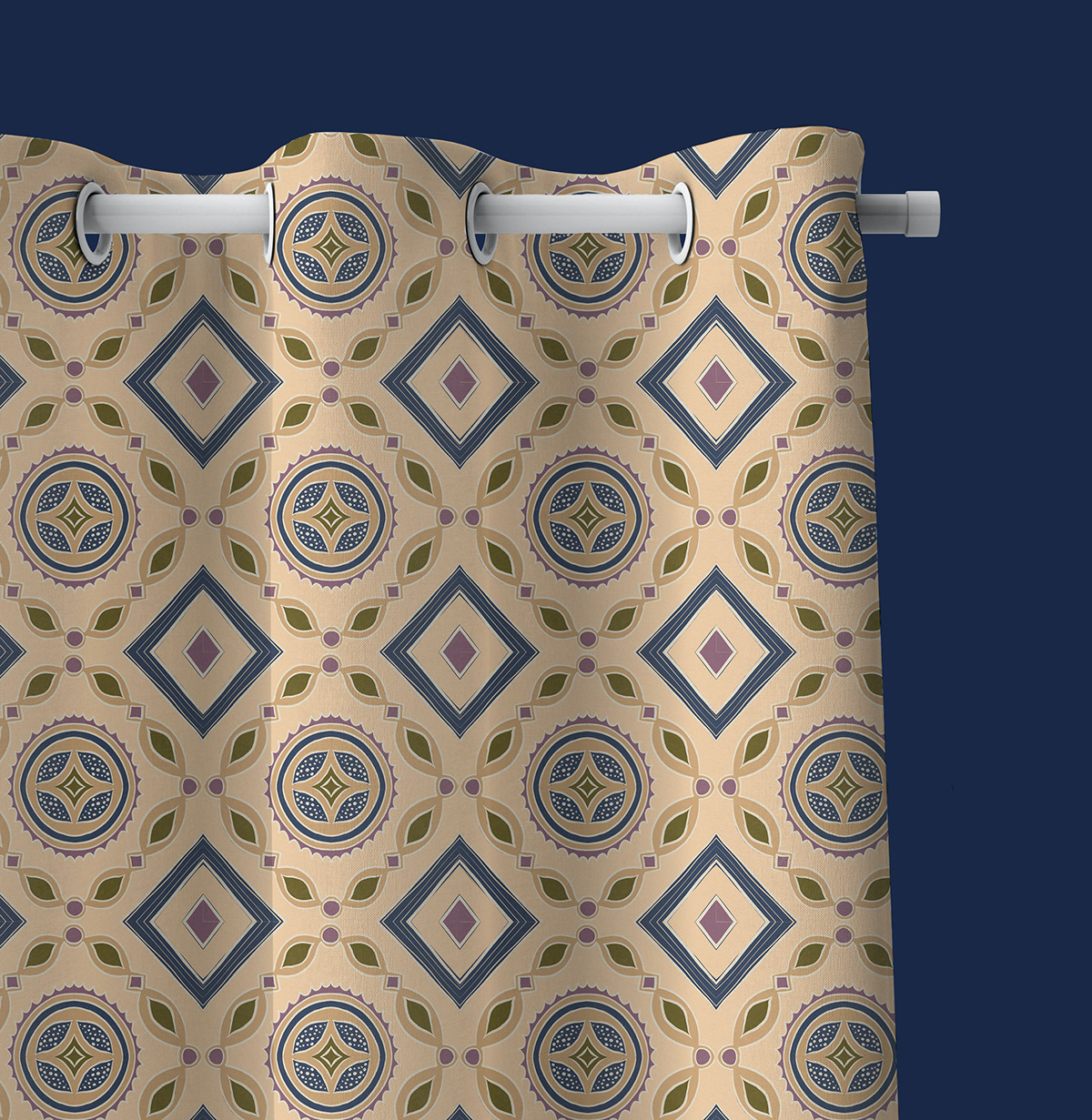



Jacquard, for me, was always a very alien concept, since I felt it was extremely complex. However, on studying it fully, I feel like I am familiar with it, despite the fact that we had to do the course remotely from our homes.
The approach to designing patters and designs for jacquard looms is different than that of making them for printing. Keeping in mind the thickness of outlines, to figuring out the role of drafting and denting, in our designs. Learning about the market and the industry was very interesting.
One of my biggest takeaways from this course was the time I graphed my entire design manually on graph paper. The act of plotting out each weave was not only calming, but I fully understood the extent to which a jacquard loom can be utilised. The advantage of being able to decide the role
of each and every warp thread was really interesting, and since my first design had a seamless gradient in it, the way each pick can be engineered to fit was amazing to work on.
By plotting my second graph digitally, I also learnt the process, and the ease of using a software, along with the setbacks of using a software like photoshop. Some aspects of it had to be dome manually, such as the stepping.


